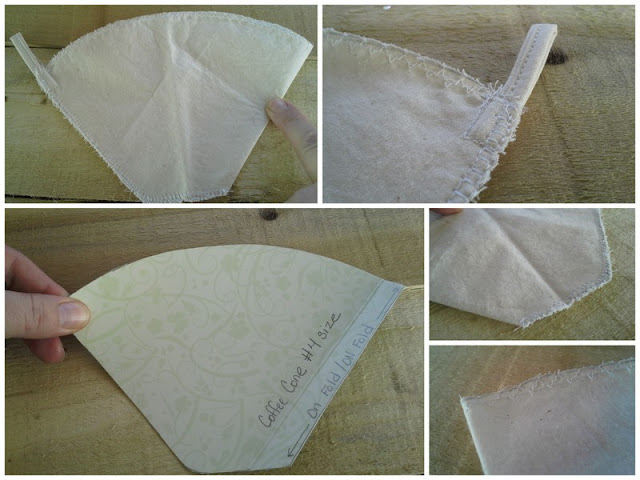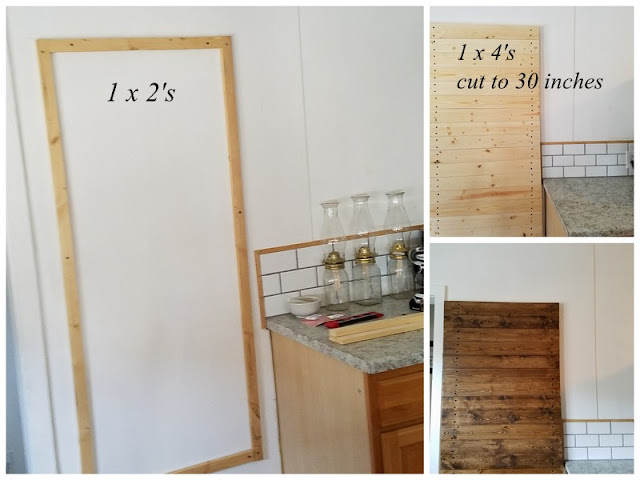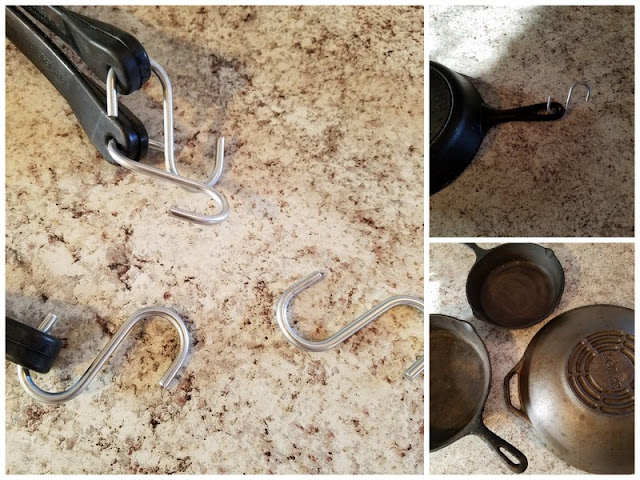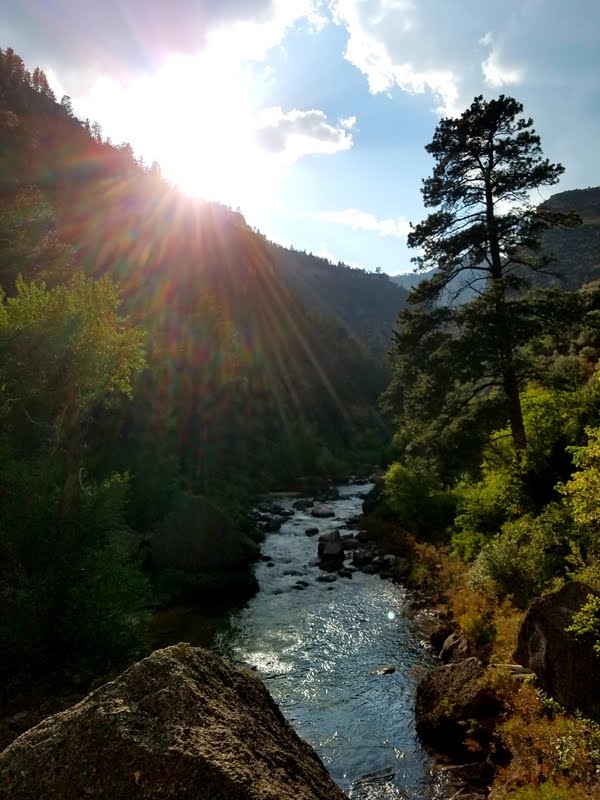The topic of dosing can be a somewhat controversial subject among modern herbalist. Often times being one the biggest challenges for an herbalist to face. With the numerous herbal preparations, blend potentials and the various dosing guidelines – it could leave one wondering how to choose the best method for success. But the need to address dosing should not be ignored and here's why:
- The standardization of herbal remedies use what is called the '150 pound rule'. Meaning that the recommended doses on the bottle of a standardized supplement are for those individuals weighing an average of one hundred fifty pounds. This means if you weigh more or less than that weight, you will need to dose up or down for the herbal remedy to keep it's standardized effectiveness. Unless otherwise noted.
- Children offer a whole new complexity. For this reason, there are a variety of 'rules' known among herbalists regarding dosing. I personally am focused on two, attempting to commit them memory, as well as keeping them handy for reference. These are known as Clark's Rule and Freid's Rule - you can read more about pediatric dosing guidelines and the formula here. Freid's Rule – similar to Clark's – is for infants and small children.
- Counting drops doesn't always offer the same precise measurement and dose. This is because a drop can vary in remedy strength, due to dropper size and liquid viscosity. It's often fine for home use, with safe herbs. However, it's wise to remember that it is not precise and that drop dosing, when used, should be utilized in the metric system.
- No concern for the strength of a herbal remedy, the quality of the herbal matter or even accurate dosing can result in either dangerous overdosing or inadequate usage. One factor at play here is the use of whole herbs vs. liquid extracts. Whole herbs must first be broken down by the digestive system before they are available for the body to use. The bodies ability to break down the herb effects the bodies ability to absorb the supplement. This is just one element to consider when dosing and/or making preparations.
- The method of extraction is another important factor to consider in dosing, one reason for this is because using alcohol with water-soluble compounds, such as mucilage or tannins, creates a dilution in the alcohol. Resulting in a lower concentration or potency of the remedy. This in turn effects dosing.



















